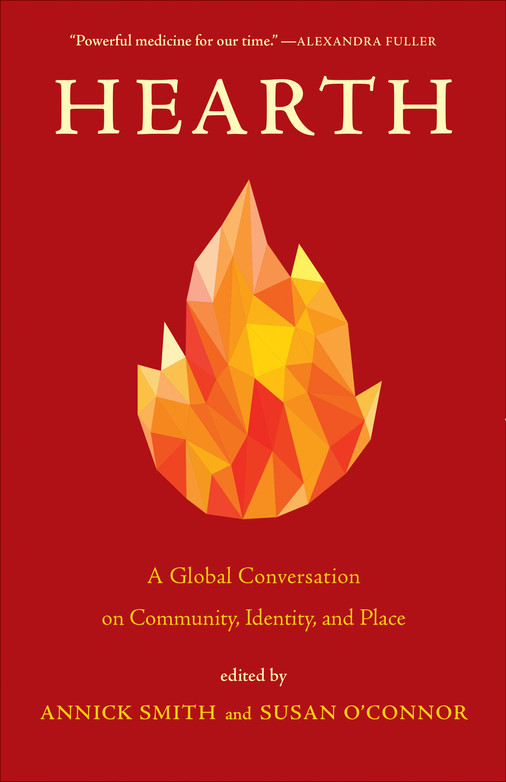By Mark Neely
on Let Me Count the Ways by Tomás Q. Morín
“I can’t remember how old I was the first time I saw my father cook,” writes Tomás Q. Morín in his gripping memoir about growing up in a small town in South Texas. In another family’s story we might find the father manning the grill at a barbecue. But in this case, the elder Morín is huddled in the passenger seat of the family car, and instead of flipping burgers, he is cooking heroin. The opening chapters of Let Me Count the Ways describe Morín’s complicated relationship with his father, a master bricklayer with “the body of an ox” and an outsized personality, a man his son both idolizes and fears becoming.
As a boy, Morín accompanies his parents on their Friday night drives, where his father exchanges his weekly pay for drugs. The young Tomás is taught to act as a lookout, to shout “Chota!” if he sees an unmarked cruiser, of which “black wall tires, too many antennas, and extra-dark tint were the telltale signs.” He also cares for his father on the weekends he can’t score, helping him through withdrawal by pressing wet towels to his forehead, or accompanying his parents on their frequent trips to local hospitals—there, the doctors immediately recognize the man’s symptoms, but “pretend that what was happening wasn’t really happening.” It is indicative of Morín’s chaotic childhood that he felt most at ease the nights they left his father at the hospital since he knew that he “would live through the night.” It falls to Tomás and his mother to try and hide “the town’s worst-kept secret: my mom, a college-educated woman from a respectable family, had chosen to make a life with a handsome, charismatic drug addict.”
It isn’t long before the family falls apart, and Morín eventually becomes “a bastard with three fathers.” The memoir also tells the story of two other men who parent him after his biological father abandons him. The second of these is Morín’s grandfather, a stern man capable of both tenderness and fits of violence. In one scene, Tomás sits on his grandfather’s lap watching him fold a cigarette filter into a tiny dove. In another, the grandfather lashes the boy with a bull whip when he tracks dirt into the kiddie pool. Even at his most loving, the grandfather sometimes teaches dangerous lessons. After his grandson ignores the fire ants biting his legs so he can finish clearing weeds from a ditch, the grandfather takes pride in the fact that Tomás has ignored his pain in order to complete the task at hand. “Mijo es hombre,” he says, a word that weighs on Morín for much of his life:
That moment, when he called me a man for the first time, rippled far into the future,when I refused to cry at his funeral, when for years I would let my depression go undiagnosed and cripple me emotionally. When he dropped the word hombre into the lake of my life, its rings spread silently into a future I couldn’t imagine.
Morín is an accomplished poet (Machete, Patient Zero) and translator (The Heights of Macchu Picchu) who often turns to metaphor as a way to order and explain the world around him. His father in jail resembles “a dog chained to a tree after only ever having run through fields,” and when a teenaged Tomás also gets in trouble with the law, he watches his mother from his holding cell while she talks with an officer. “After she heard the charges,” he writes, “her face broke like a pie dropped on the ground.” His vivid imagination also allows him to picture a world in which he and his father reconcile. In one of the book’s most beautiful passages, Morín comes across a Jackson Pollack painting in a museum and imagines what it would be like to share the experience with his father:
He would study the painting as I told him about Pollack’s technique, how they both worked with a cigarette dangling from their lips, one dripping cement, the other paint. I would mention Pollack’s trouble with alcohol, and the affairs, too. This would endear Pollack to him, would make him one more fellow builder groping for love through the fog of his life.
Running parallel with these family stories is an examination of Morín’s struggle with obsessive compulsive disorder. The title, Let Me Count the Ways, refers to Elizabeth Barrett Browning’s famous sonnet, and describes the difficult love Morín feels for the men who fathered him. But it also alludes to his OCD symptoms, which include eye-blinking, skin-picking, intrusive thoughts, and counting everything from the spoons at a restaurant to the stripes on a stranger’s shirt.
In one chapter, he quotes from Diagnostic and Statistical Manual of Mental Disorders, which notes that a compulsive behavior is typically “not an end in itself, but is designed to produce or prevent some future event or situation.” One might be tempted to tie the chaos and uncertainty of Morín’s early life to his later illness, but he doesn’t dwell on the causes of his OCD, which are, of course, uncertain. Instead, he attempts to show readers what it is like to live with a condition that gives him a heightened awareness of the world that can be both exhilarating and debilitating.
Some of the most memorable scenes in Let Me Count the Ways describe Morín’s relationship with a neighbor, a man named Jackie, who takes Tomás under his wing after his biological father leaves him. Jackie is brilliant but troubled, laid low by addiction, and lives in a house with no electricity or running water, relying on an outhouse hidden in the woods behind his backyard and cooking shoplifted meat over an outdoor fire. He calls Tomás “grasshopper” and envisions himself as a kind of sensei to the boy. He teaches him to play chess, encourages his work in school, and advises him about his future. At times he does seem to have prophetic powers as in this bit of conversation:
“Will you promise me something, Mas?”
“Sure Jack. What is it?”
“If you ever become a writer, write about all of this. Don’t leave anything out, okay?”
Of this moment, Morín says, “No one had ever said I could be a writer, much less just assumed it. The idea had never crossed my mind.” Capturing everyday speech, as in the snippet just quoted, is one of Morín’s gifts: His expertly written dialogue captures the experience of growing up between two languages and the complexities of characters who can, thereby, be deeply flawed. Hearing their voices, which modulate between love and anger, bravado and hopelessness, the author lets us see them as complex human beings, and allows them to transcend the categories where we often place people in order to dismiss them: addict, convict, laborer, deadbeat dad. Let Me Count the Ways is a strange and beautiful remembrance of loss, pain, betrayal, and regeneration, one that describes familial love in all its complexity and argues that even the most troubled among us are worthy of dignity.
Mark Neely is the author of Beasts of the Hill, and Dirty Bomb, both from Oberlin College Press. His third book, Ticker, won the Idaho Prize for Poetry and is forthcoming from Lost Horse Press. He is a professor of English at Ball State University and a senior editor at River Teeth.



































































































































